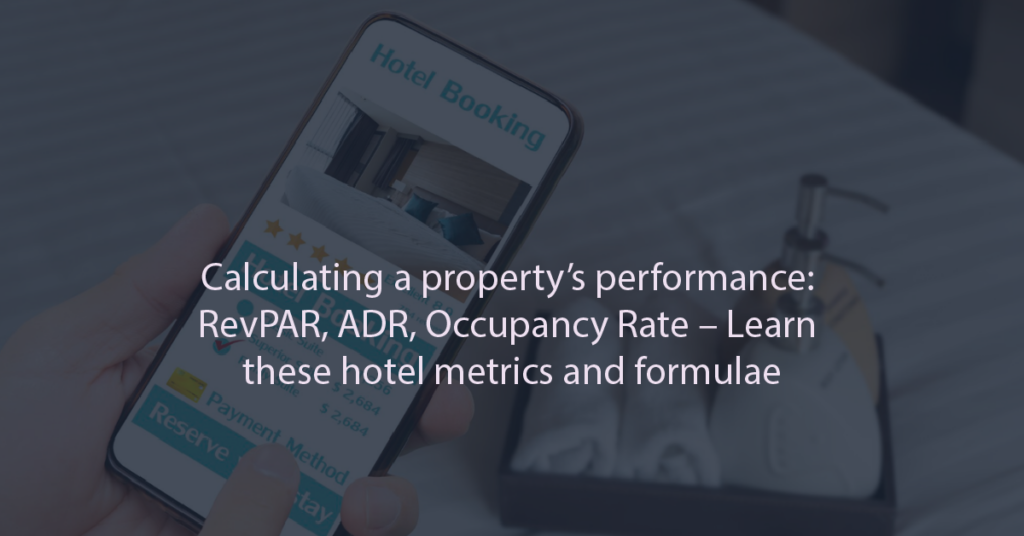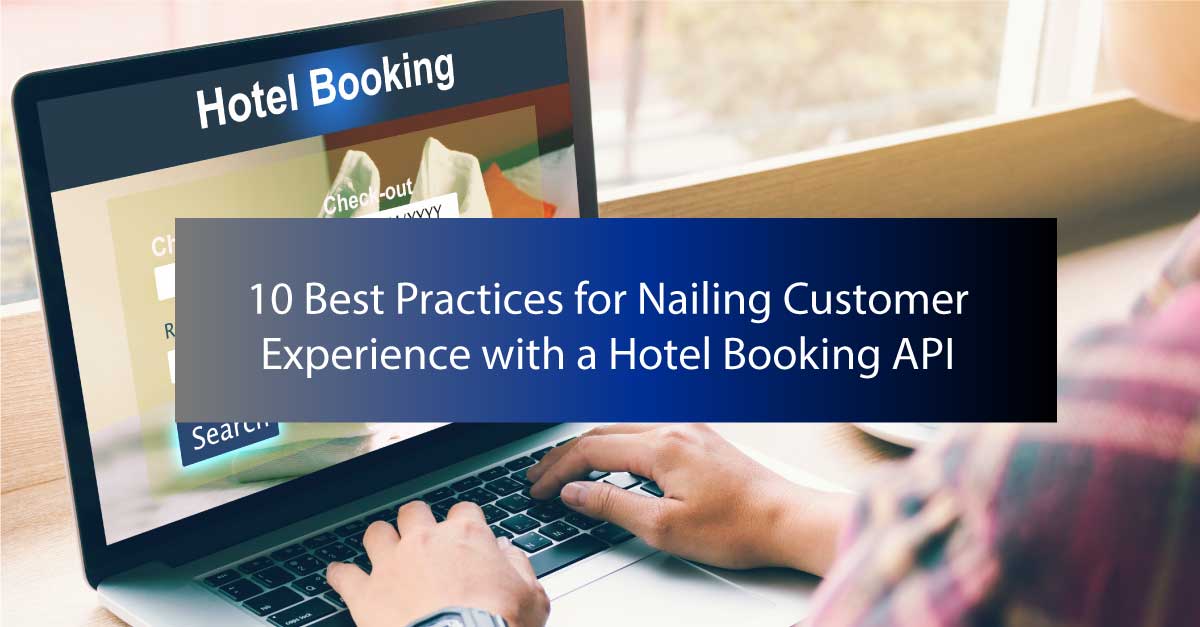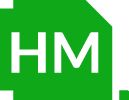Running a successful hotel business is more than just providing a comfortable bedroom and great customer service. To have a detailed understanding of how your accommodation business is faring now, what you can expect in the future, and what are areas of improvement. You need to be on top of critical hotel metrics.
These metrics help you make informed business decisions and most importantly benchmark against competitors. In this article, we will explore these key hotel metrics in detail, explain how to calculate them, and offer some suggestions on how to improve them for the benefit of your hotel business.
Key Hotel Performance Metrics Explained

Now that we understand the importance and benefits of tracking hotel metrics, let’s take a closer look at the three key metrics – Revenue Per Available Room (RevPAR), Average Daily Rate (ADR), and Occupancy Rate.
Revenue Per Available Room (RevPAR)
RevPAR is the most widely used hotel metric in the industry. It measures the total revenue generated by a hotel per available room. To calculate RevPAR, take the total revenue generated by the hotel and divide it by the total number of available rooms. The result is the average revenue per available room. This metric helps you understand how much revenue is generated on a daily basis.
RevPAR is an important metric because it takes into account both the occupancy rate and the average daily rate. A hotel can have a high occupancy rate but a low average daily rate, which would result in a lower RevPAR. On the other hand, a hotel can have a low occupancy rate but a high average daily rate, which would result in a higher RevPAR. By tracking RevPAR, you can determine whether they need to adjust their pricing strategy or marketing efforts to increase revenue.
Average Daily Rate (ADR)
ADR is the average rate paid for each room sold in a hotel. To calculate ADR, divide the total room revenue by the number of rooms sold. This metric is used to track a hotel’s pricing strategy and can help identify changes that need to be made.
ADR is a key metric because it helps you understand how much guests are willing to pay for a room. By tracking ADR, you can adjust their pricing strategy to increase revenue without sacrificing occupancy. A hotel with a high ADR can generate more revenue with fewer rooms sold than a hotel with a low ADR.
Occupancy Rate
Occupancy Rate is the percentage of available rooms that are occupied. To calculate, divide the number of occupied rooms by the total number of available rooms. This metric helps you understand how well the hotel is attracting customers and filling available rooms.
Occupancy Rate is an important metric because it directly impacts a hotel’s revenue. A hotel with a high occupancy rate can generate more revenue than a hotel with a low occupancy rate, even if they have the same ADR. By tracking occupancy rate, you can adjust their marketing efforts to attract more guests and increase revenue.
However, it’s important to note that a high occupancy rate doesn’t always mean a hotel is performing well. If a hotel is consistently selling out of rooms, they may need to increase their rates to maximize revenue. On the other hand, if a hotel has a low occupancy rate, they may need to adjust their marketing efforts or pricing strategy to attract more guests.
Now, let’s move on to the calculation part, RevPAR and ADR require additional explanation, let’s look at them one by one. Stick around!
Calculating Revenue Per Available Room (RevPAR)
Calculating RevPAR is a simple process that starts with determining the hotel’s total revenue for a given period, including revenue from rooms, food and beverage, and other sources. Next, you will need to determine the number of available rooms during the same period. Once you have both numbers, divide the total revenue by the number of available rooms. The result is the RevPAR for the given period.
The RevPAR Formula
- First, calculate the total revenue generated by the hotel for a given period.
- Next, determine the total number of available rooms for the same period.
- Divide the total revenue by the total number of available rooms.
Analyzing RevPAR Results
Once you have calculated your RevPAR, it’s important to analyze the results. If your hotel’s RevPAR is low, it may indicate that your pricing or marketing strategy needs to change. For example, you may need to lower room rates or increase marketing efforts to attract more customers. By analyzing RevPAR, you can identify areas for improvement and make changes to improve your hotel’s performance.
Calculating Average Daily Rate (ADR)
Calculating ADR is also a simple process that starts with determining the hotel’s total revenue for rooms for a given period. Next, determine the number of rooms sold during the same period. Once you have both numbers, divide the total revenue by the number of rooms sold. The result is the ADR for the given period.
The ADR Formula
- First, calculate the total revenue generated by the hotel from room sales for a given period.
- Next, determine the total number of rooms sold for the same period.
- Divide the total revenue by the total number of rooms sold.
Analyzing ADR results
Keep in mind that several factors can affect a hotel’s ADR, including market demand, competition, seasonality, and amenities. By understanding these factors, you can make informed decisions about pricing and marketing strategies that can improve your hotel’s net ADR.
The Importance of Hotel Metrics – Why they matter?
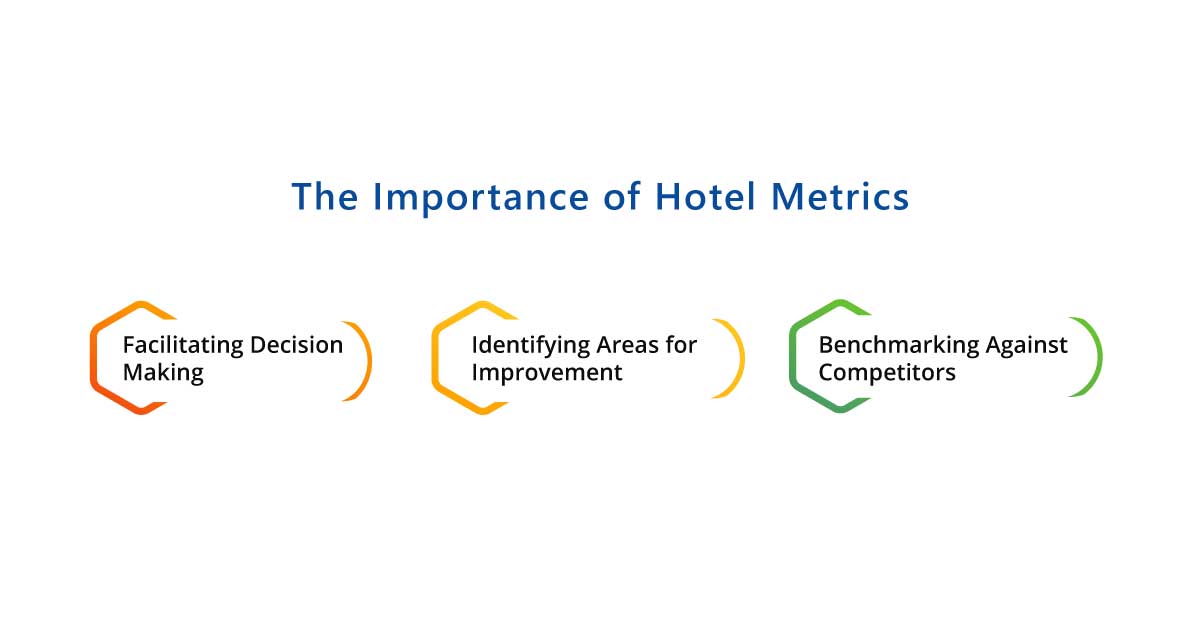
Metrics such Revenue Per Available Room (RevPAR), Average Daily Rate (ADR), and Occupancy Rate are used to track a variety of performance indicators. We will discuss them in detail later in this post. But before we move to those explanations, let’s first get clarity on why these metrics are important in a larger scheme of things.
Facilitating Decision Making
One of the most important benefits of using hotel metrics effectively is to support decision making with data. For example, if a hotel’s occupancy rate is low, it may indicate that the hotel needs to lower its prices or improve its marketing efforts. By knowing this information, the manager can make informed decisions about pricing and advertising that can help improve the hotel’s overall performance.
Metrics can also be used to track customer satisfaction, which is an important factor in the success of any hotel. By tracking metrics related to customer satisfaction, such as online reviews and customer feedback, you can identify areas where their hotel is excelling and areas where they need to improve.
Identifying Areas for Improvement
The hotel metrics also are an ally for improvement. For example, if a hotel’s RevPAR is low, it may indicate that the hotel needs to improve its room rates or increase its occupancy rate. By tracking metrics, you can identify these areas and make the necessary changes to improve the hotel’s overall performance.
Metrics can also be used to track employee performance, which is another important factor in the success of any hotel business. By tracking metrics related to employee performance, such as turnover rates and employee satisfaction, you can identify areas where they need to improve their training and management practices.
Benchmarking Against Competitors
This one is extremely important for long-term success. By comparing your hotel’s metrics to those of your competitors, you can identify trends in the market and gain insights into changes you may need to make to improve your hotel’s performance. For example, if your hotel’s ADR is significantly lower than your competitors, it may indicate that you need to adjust your pricing strategy to remain competitive.
Understanding hotel metrics is essential to running a successful hotel business. By measuring and tracking key metrics such as RevPAR, ADR, and Occupancy Rate, you can make business decisions that are backed by hard numbers, identify areas for improvement, and benchmark against competitors.
The calculation methods we provided in this article are easy and don’t need professional expertise, you can track your hotels’ net performance and lay a plan to increase their revenue and profitability.
